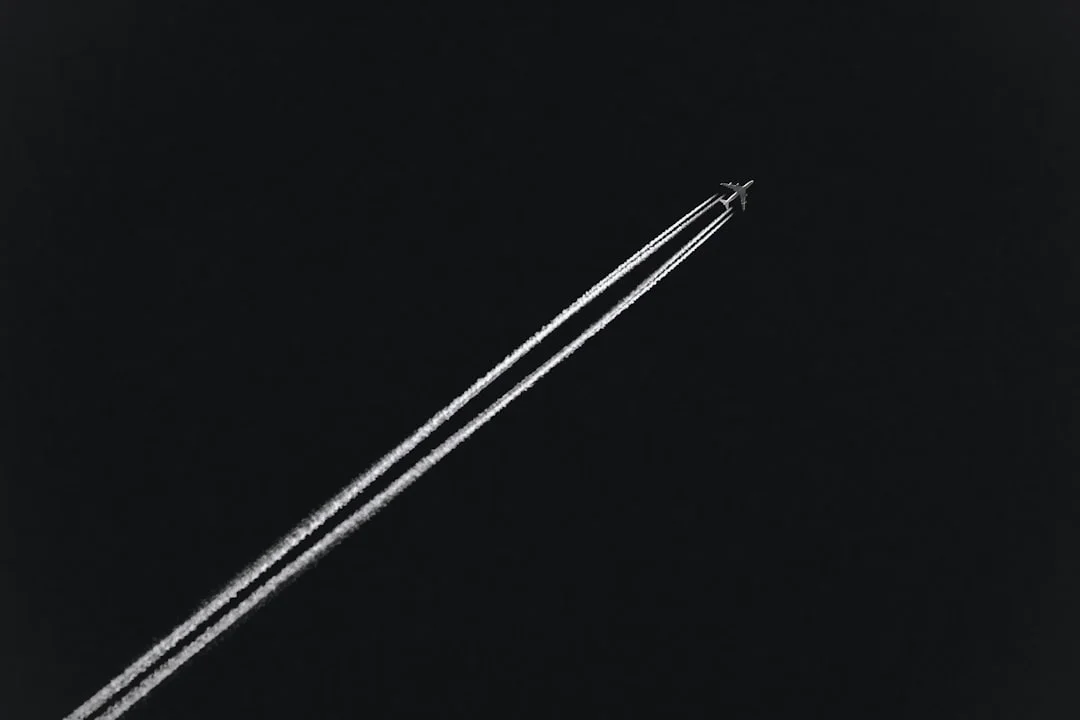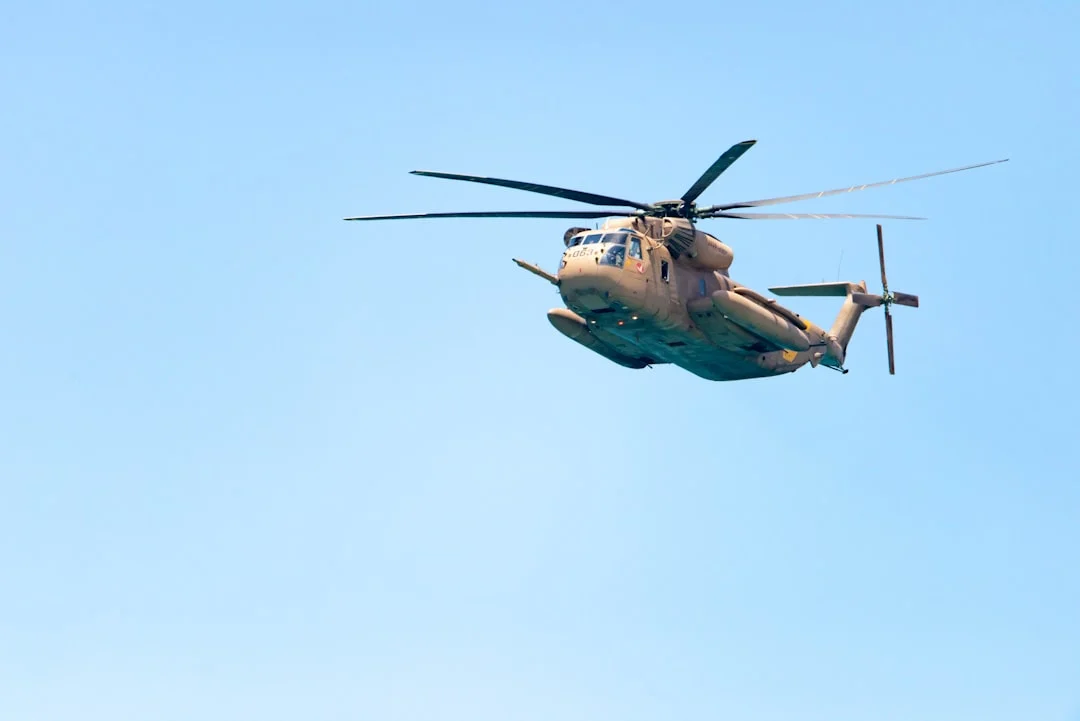The Stabilizer Position Module (SPM) is an essential component of the Boeing 777 aircraft. It plays a crucial role in the control of the aircraft’s horizontal stabilizer, ensuring its proper positioning during flight. The SPM is designed to gather accurate data on the stabilizer’s position, allowing the flight control system to maintain stability and optimize performance. In this article, we will explore the functionality and significance of the Stabilizer Position Module on the Boeing 777.
Understanding the Stabilizer Position Module
The Stabilizer Position Module, also known as the SPM, is an electronic device that measures the precise position of the horizontal stabilizer. It uses sensors and feedback mechanisms to provide real-time data to the flight control system.
The horizontal stabilizer is located at the tail of the aircraft and plays a vital role in controlling pitch stability. It consists of two major components: the stabilizer itself, which is a movable surface, and the SPM, responsible for monitoring its position.
The SPM employs advanced sensors such as potentiometers or linear variable displacement transducers (LVDTs) to accurately measure the position of the stabilizer. These sensors convert mechanical displacement into electrical signals, which are then processed by the flight control system.
The Stabilizer Position Module constantly monitors the position of the horizontal stabilizer during various flight phases, including takeoff, climb, cruise, descent, and landing. It relays critical information to the flight control system, enabling it to make precise adjustments to maintain stability and maneuverability.
Functional Significance of the Stabilizer Position Module
The Stabilizer Position Module is crucial for the safe and efficient operation of the Boeing 777 aircraft. It assists the flight control system in maintaining stability and optimizing the aircraft’s performance in the following ways:
1. Stability Control: The SPM continuously monitors the position of the horizontal stabilizer, relaying data to the flight control system. By accurately determining the stabilizer’s position, the flight control system can adjust the aircraft’s pitch and maintain stability, especially during critical flight maneuvers.
2. Flight Efficiency: The Stabilizer Position Module ensures optimal utilization of the aircraft’s control surfaces. By providing real-time data on the stabilizer’s position, the flight control system can make precise adjustments to minimize drag and optimize aerodynamic efficiency. This helps in reducing fuel consumption and increasing the aircraft’s range.
3. Fault Detection: The SPM is equipped with built-in diagnostic capabilities, allowing it to detect and report any abnormalities or malfunctions in the stabilizer’s position sensing system. This early detection enables the maintenance crew to take corrective measures, ensuring the aircraft’s continued airworthiness.
4. Redundancy: The Boeing 777 aircraft is designed with redundant systems to enhance safety. Similarly, the Stabilizer Position Module features redundant sensors and feedback mechanisms, ensuring reliable and accurate data monitoring. This redundancy reduces the risk of erroneous system inputs and enhances the overall reliability of the flight control system.
Conclusion
The Stabilizer Position Module (SPM) is an essential component of the Boeing 777 aircraft. It accurately measures and monitors the position of the horizontal stabilizer, providing critical data to the flight control system. By ensuring stability control, optimizing flight efficiency, detecting faults, and incorporating redundancy, the SPM contributes significantly to the safe and efficient operation of the aircraft. Understanding the role and functionality of the Stabilizer Position Module is crucial for aviation professionals involved in the maintenance and operation of the Boeing 777.
For More: What is BAT on Boeing 777? (Battery)




